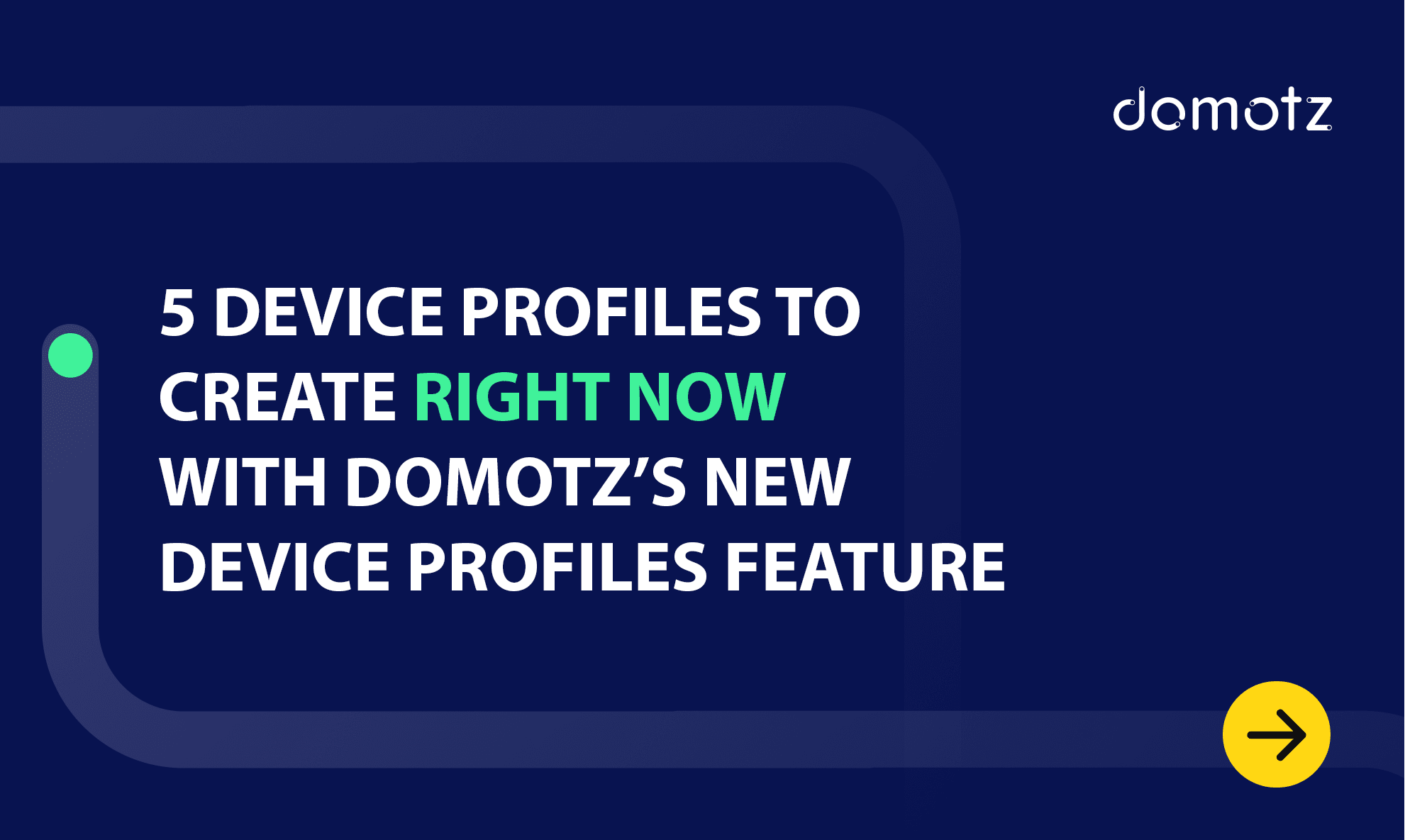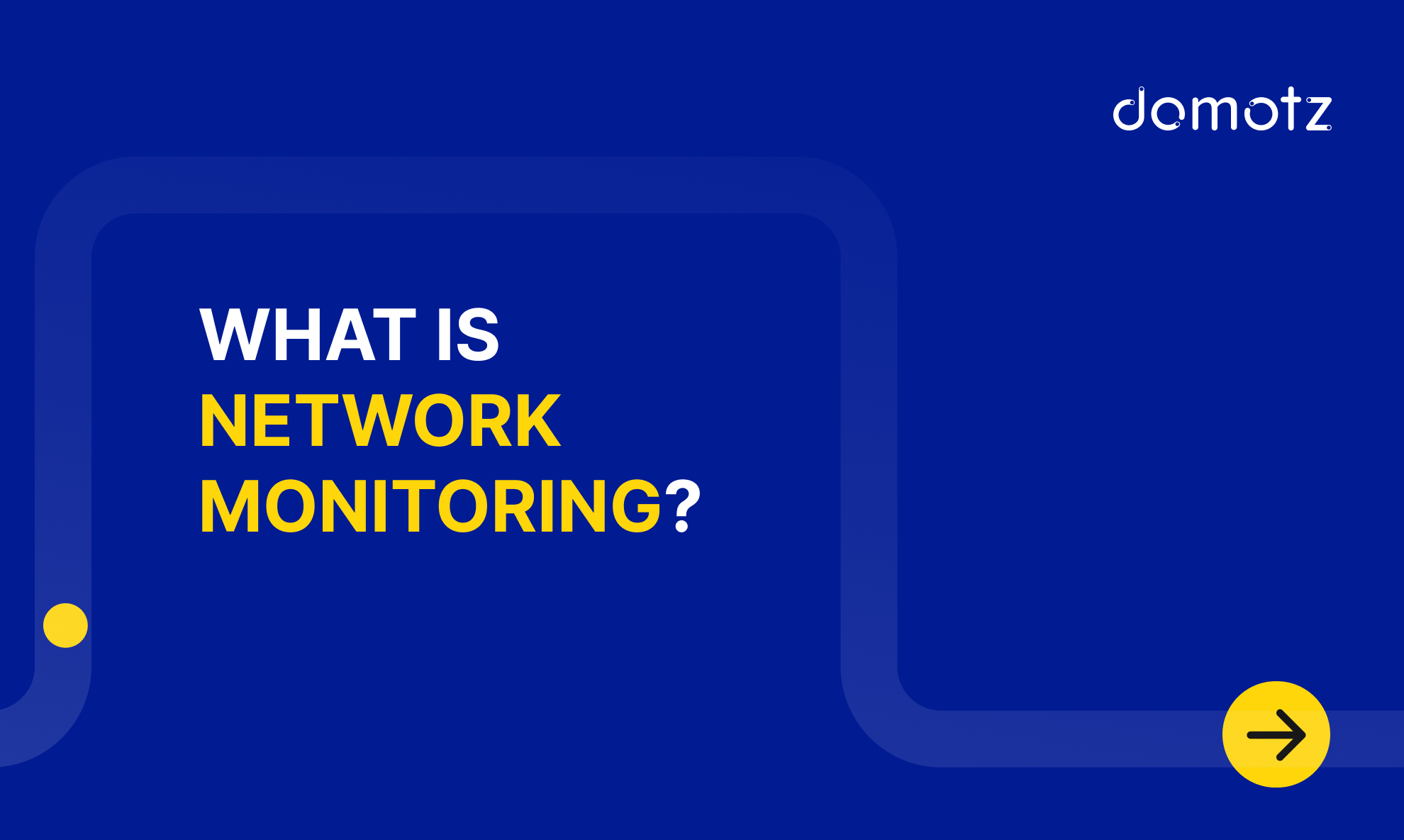Legrand, the global specialist in electrical and digital building infrastructures, and Domotz, the leading provider of network monitoring and remote tech support systems for integration companies and IT professionals, announced that Legrand’s Nuvo Player Portfolio whole home music system is now supported by Domotz Pro remote management software.
Domotz Pro software adds remote management features to the Nuvo Player Portfolio system that enable integrators and Legrand tech support to work together in real-time to quickly troubleshoot configuration and performance issues, saving all parties significant time and money. The Domotz-Nuvo pairing is an expansion of the technology partnership announced earlier this year to provide Domotz Pro support for networking products under Legrand’s Luxul brand.
What Luxul Customers Are Excited About
Among the key features the software makes available is the ability to automatically identify and remotely reboot Player Portfolio devices and systems. Integrators can also quickly launch support sessions with Legrand, providing the manufacturer’s tech team temporary remote access to customers’ Player Portfolio systems. In addition, Domotz Pro offers remote monitoring of Nuvo Player Portfolio zone status, networking status and connection history, as well as network status alerts when devices are offline and when new devices are found.
“Domotz Pro for Player Portfolio is important to our customer support strategy because it creates a direct line of communication between our tech team and the integrator for faster real-time troubleshooting that can be carried out remotely,” said Fritz Werder, Legrand VP/general manager, On-Q and Nuvo lines. “We are pleased our relationship with Domotz is expanding in ways that create real value for integrators.”
“We’re very excited to be working with Legrand on innovative remote management and troubleshooting features for its Nuvo Player Portfolio system!” said Domenico Crapanzano, CEO & Co-founder of Domotz. “Legrand is leading the way on a remote management strategy that will add long-term value to their product experience. Both integrators and end users will benefit from this technology.”
According to Werder, the partnership with Domotz can be seen within the larger context of the Legrand Eliot (Electricity and IoT) Program, which mobilizes the company’s global capabilities to speed its development of connected devices wherever the Internet of Things (IoT) can enhance value for professional customers and end-users.
Streamlined Manufacturer Support for Nuvo devices
Launching a Manufacturer Support session via Domotz PRO is easy and intuitive. A manufacturer support tile is provided for any Player Portfolio device that is found on a network. Through this, integrators can grant the Legrand support team all relevant network and device details so that they can access the customer’s system.
Domotz PRO requires a software agent running on a network to continuously monitor devices and facilitate troubleshooting actions such as remote power and access functions. The Domotz Box device is recommended for professionals installing Domotz PRO on customer networks.
For more information on the Nuvo Player Portfolio whole home audio system, please click here.
Domotz PRO support features for additional hardware manufacturers will be announced in the months ahead.
About Domotz
Founded in 2014, Domotz develops remote management software, monitoring and tech support systems for integration companies, IT professionals and hardware manufacturers. With more than 15 million downloads, Domotz’s Fing app is the #1 network scanner for iOS and Android. It’s flagship Domotz PRO solution is powering client care in 90+ countries and is used by leading integration companies like Magnolia at Best Buy. Domotz PRO recently won the Consumer Technology Association’s TechHome Mark of Excellence for Installation/Technology Management Product of the year in 2017.
A quickly growing player in the smart home space, Domotz has established partnerships with 10+ leading hardware manufacturers including Luxul, Crestron, Lutron, Dish, HD Anywhere and many more.
For more information about Domotz solutions visit blog.domotz.com.
About Legrand
Legrand is a global specialist in electrical and digital building infrastructures. Its comprehensive offering of solutions for use in commercial, industrial and residential markets makes it a benchmark for customers worldwide. Innovation for a steady flow of new products with high added value is a prime vector for growth, including, in particular, connected devices stemming from Legrand’s global Eliot (Electricity and IoT) program. Legrand reported sales of $5.6 billion in 2016. Legrand has a strong presence in North and Central America, with a portfolio of well-known product lines that include C2G, Cablofil, Electrorack, Luxul, Middle Atlantic, Nuvo, OCL, On-Q, Ortronics, Pass & Seymour, Pinnacle, QMotion, Quiktron, Raritan, Solarfective, Vantage, Wattstopper, and Wiremold. Legrand is listed on Euronext Paris and is a component stock of indexes including the CAC40, FTSE4Good, MSCI World, ASPI, Corporate Oekom Rating and DJSI (ISIN code FR0010307819) www.legrand.us.



